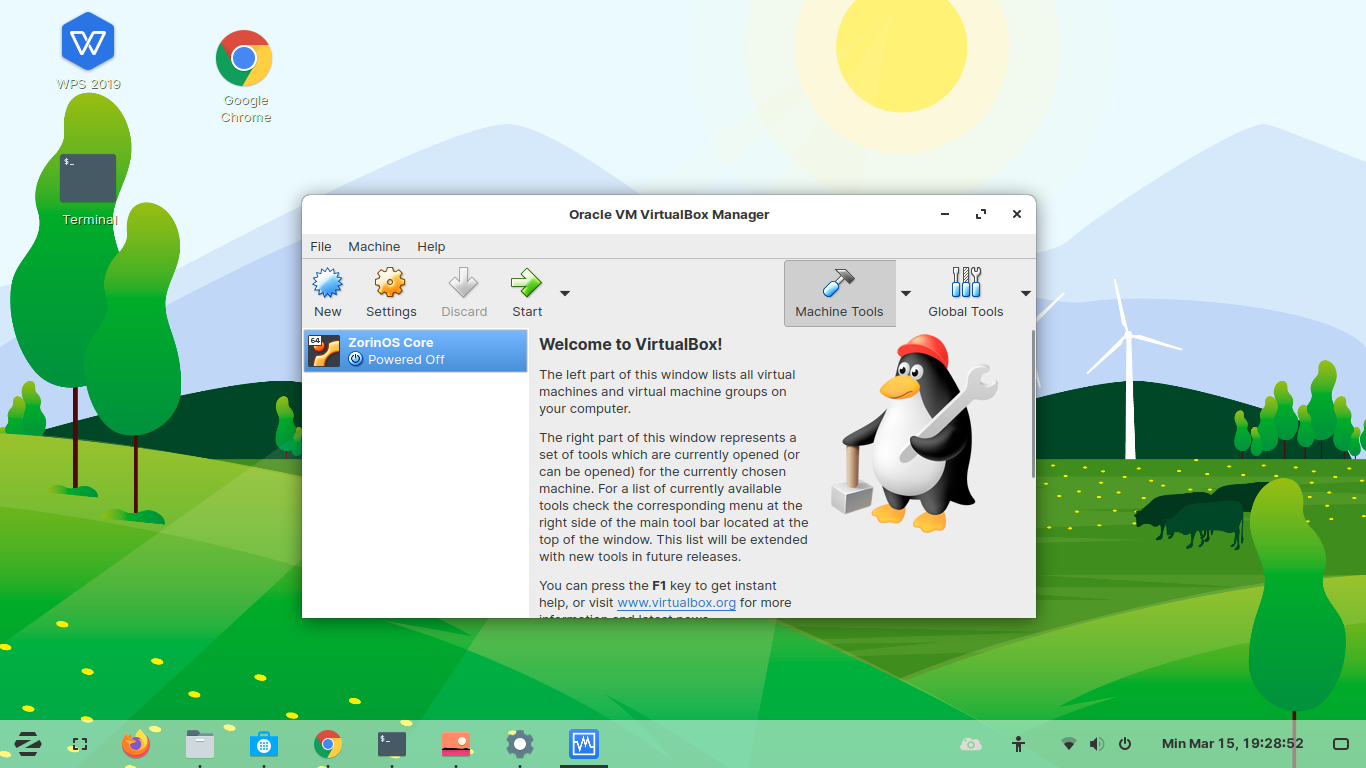Last night I decided to remove old-non openSUSE-operating system on my wife’s PC. I want to re-install with openSUSE 11.1.
The PC is quite compact. No CD/DVD ROM, No Floppy Disk and it has USB problem (can’t boot from USB). The one-and-only solution is by installing new OS over a network.
I set up a TFTP Server and try to boot from PXE Boot. DHCP client running successfully but it can’t reached TFTP Server :
PXE-T01: file not found
PXE-E3B-TFTP Error file not found
PXE-M0F exiting Intel boot agent
After investigating DHCP configuration, I found that this error occurred regarding the location of pxelinux.0 file. I’m using /srv/tftp as TFTP base source and the file pxelinux.0 resides on /srv/tftp/tftpboot. On previous configuration, I used complete path :
[code language=’cpp’]
subnet 192.168.0.0 netmask 255.255.255.0 {
option broadcast-address 192.168.0.255;
pool {
range 192.168.0.201 192.168.0.211; # only need a few addresses
default-lease-time 180; # no long lease time required for booting
max-lease-time 360; # booted system does its own dhcp request
server-name “192.168.0.1”; # This happens to be the IP of this server too
next-server 192.168.0.1; # Address of the TFTP server
filename “/srv/tftp/tftpboot/pxelinux.0”;
allow members of “pxe”; # only respond to PXE requests
allow members of “etherboot”; # allow etherboot, too
}
}
[/code]
I solved the the problem by change TFTP base source into /srv/tftp/tftpboot and then change the line
[code language=’cpp’]
filename “/srv/tftp/tftpboot/pxelinux.0”;
[/code]
into
[code language=’cpp’]
filename “pxelinux.0”;
[/code]
The location of pxelinux.0 must be relative to TFTP base source. You may also used “/srv” as TFTP base source and then use relative location filename “tftp/tftpboot/pxelinux.0”;
Life is our precious gift










Hi Vavai,
I had the same problem on this latptop I’m typing on now, only I solved the problem with:
grub4dos (nice bootloader – boot almost anything)
“partedmagic” to create ext3 partition at end of disk (>sda6, eg sda8)
copy source DVD iso to root of ext3 part (give it friendly name eg oss111.iso)
extracted iso to (ext3part)/os11/..
use grub4dos menu.lst:
title os11 install
find –set-root /os11/readme
kernel /os11/boot/i386/loader/linux showopts silent
initrd /os11/boot/i386/loader/initrd
the installer would then default back to textmode and ask you where the iso is, which you can locate on then sda7, and viola! You have the normal setup loader – lovely!
(your software repository in yast will also reflect the iso at the end of the install)
A little bit more work than the PXE option (which I also use occasionaly, but if you have enough diskspace, but certainly an extra way to do it!)
Cheers!
Yogi
PS: nice site! 🙂
Hi Vavai,
I had the same problem on this latptop I’m typing on now, only I solved the problem with:
grub4dos (nice bootloader – boot almost anything)
“partedmagic” to create ext3 partition at end of disk (>sda6, eg sda8)
copy source DVD iso to root of ext3 part (give it friendly name eg oss111.iso)
extracted iso to (ext3part)/os11/..
use grub4dos menu.lst:
title os11 install
find –set-root /os11/readme
kernel /os11/boot/i386/loader/linux showopts silent
initrd /os11/boot/i386/loader/initrd
the installer would then default back to textmode and ask you where the iso is, which you can locate on then sda7, and viola! You have the normal setup loader – lovely!
(your software repository in yast will also reflect the iso at the end of the install)
A little bit more work than the PXE option (which I also use occasionaly, but if you have enough diskspace, but certainly an extra way to do it!)
Cheers!
Yogi
PS: nice site! 🙂